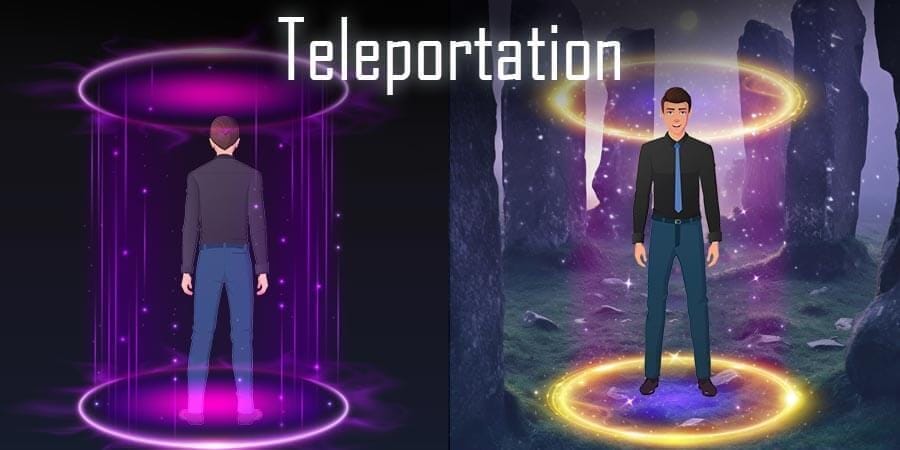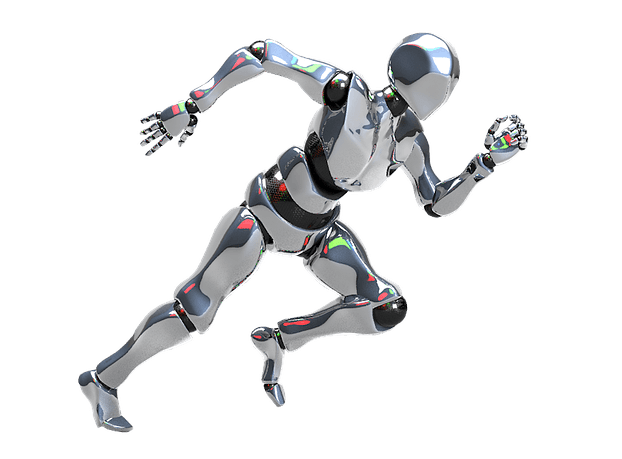A team of British scientists has made an earth-shattering science breakthrough and ‘achieved teleportation’ – using a quantum supercomputer.
Thrilled researchers at the University of Oxford believe the impressive milestone will bring quantum computing closer to large-scale practical use. That’s because they used a ‘photonic network interface’ to successfully link two separate quantum processors to form a single, fully connected quantum computer.

Oxford Scientists Achieve Quantum Teleportation Using a Supercomputer
In a ground breaking development, scientists at the University of Oxford have successfully demonstrated quantum teleportation using a quantum supercomputer. This achievement marks a significant leap toward building fully connected quantum computers and lays the foundation for a potential quantum internet.
The Breakthrough Explained
Quantum teleportation is a phenomenon where quantum information is transferred from one place to another without physically traveling through space. Instead, it relies on quantum entanglement—a mysterious connection between particles that allows them to share information instantaneously, regardless of distance.
In their latest research, Oxford scientists successfully linked two quantum processors through teleportation. This means that logical quantum operations, known as quantum gates, were performed between qubits (quantum bits) located in separate processors. Essentially, they managed to “wire” different quantum computers together, allowing them to function as a single, integrated quantum machine.
Why This Matters

Quantum computing has long promised to revolutionize industries ranging from cryptography and artificial intelligence to material science and pharmaceuticals. However, one of the biggest challenges in scaling quantum computers is the need for all qubits to interact efficiently. Traditional quantum computers require qubits to be physically close together to communicate, making large-scale systems incredibly difficult to construct.
By demonstrating that network-distributed quantum computing is feasible, Oxford researchers have taken a crucial step toward overcoming this limitation. Instead of requiring all qubits to be packed into a single device, their approach allows multiple quantum processors to be connected—much like how traditional supercomputers are built using interconnected nodes.
Potential Applications
This breakthrough is not just about improving quantum computing; it also paves the way for the development of a quantum internet. A quantum internet would enable ultra-secure communication by leveraging quantum encryption, which is theoretically immune to hacking. Governments, financial institutions, and security agencies stand to benefit enormously from such technology.
Additionally, the ability to connect quantum computers could enhance distributed computing for scientific research, enabling complex simulations and problem-solving tasks that are beyond the reach of classical computers.
The Road Ahead
While this achievement is a significant milestone, there are still many challenges to overcome before quantum teleportation can be widely implemented in practical systems. Quantum systems remain highly delicate, requiring extremely low temperatures and precise control mechanisms to function correctly. Researchers will need to refine and scale up their techniques to enable widespread adoption of distributed quantum computing.
Nevertheless, the work of the Oxford team demonstrates that what was once considered science fiction is now within reach. Their findings, published in Nature, confirm that we are steadily moving toward a future where quantum technology can transform computing, security, and communication on a global scale.
Final Thoughts

The successful demonstration of quantum teleportation using a quantum supercomputer is a monumental achievement in the world of quantum science. It proves that interconnected quantum processors can function as a single unit, effectively expanding the possibilities for scalable quantum computing. As scientists continue to push the boundaries of what’s possible, we may soon witness the emergence of practical quantum computers and a new era of secure, high-speed quantum communication. Additionally, the ability to connect quantum computers could enhance distributed computing for scientific research, enabling complex simulations and problem-solving tasks that are beyond the reach of classical computers.
The quantum revolution is no longer a distant dream—it’s unfolding before our eyes.
